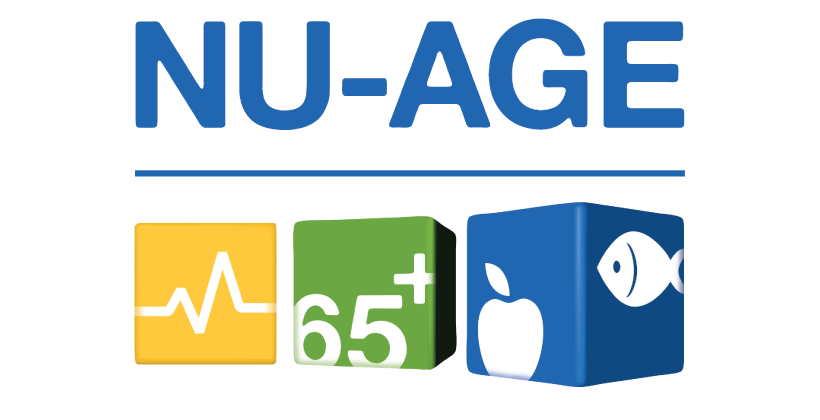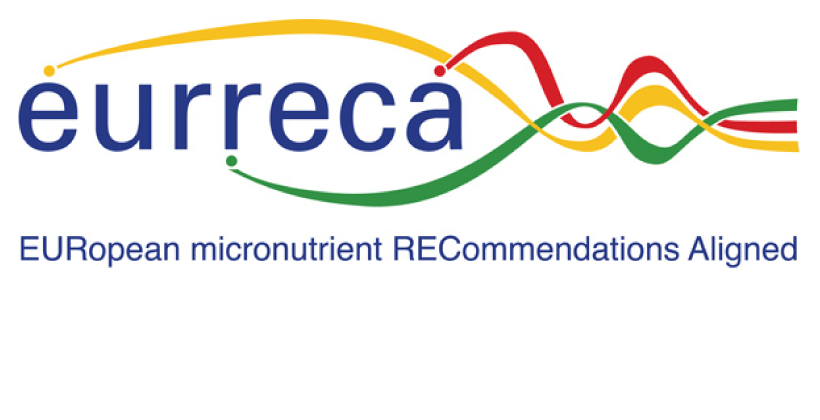New guidelines for a healthier aging in Europe (NU-AGE)
Last Updated : 27 April 2016After 5 years, the EU-funded project, NU-AGE came to an end, bringing new dietary guidelines for over 65-year-olds. The project greatly explored the socio-economic determinants for food choice among the aging population in Europe. Researchers also worked to determine how a Mediterranean style diet can promote health in the elderly and help to prevent the development of age-related diseases.
Life expectancy in Europe has risen significantly and it is estimated that by 2030, 40% of the population will be over 65-years old.1 Therefore, the aim of the NU-AGE project was to improve the health and quality of life in the EU aging population and ensure that their nutritional needs are met. This very ambitious study was carried out in five European countries: Italy, France, Poland, the Netherlands and United Kingdom from where a total of 1,296 participants were recruited. Volunteers partaking in the study were divided into two groups, a control group, consuming their normal diets and an intervention group, eating a Mediterranean style diet rich in fruits, vegetables, fish, low-fat meat, nuts and olive oil. Moreover, specifically formulated foods, vitamin D supplements as well as advice and support to adjust eating habits were provided to participants in the intervention group.2 By comparing the two groups, this study allowed researchers to determine the effect of the diet on various markers related to health.
NU-AGE dietary guidelines for elderly
Currently, there are no dietary guidelines designed to specifically address the nutritional needs of the elderly. The researchers from the NU-AGE project combined existing dietary reference values, a set of references for nutritional intake that is based on currently available scientific knowledge, as well as food-based dietary guidelines, to create new recommendations relevant to the elderly. Special attention was paid to selected nutrients that could be of concern in the aging population, such as vitamin D, B12, and calcium, along with water and dietary fibre. Then, the scientists translated these dietary reference values into the ‘NU-AGE food-based dietary guidelines’ in order to inform consumers what and how much they should eat from a certain food group. For example, instead of saying eat more polyunsaturated fatty acids, the researchers advised on how much oily fish containing this specific nutrient should be consumed. At the end of the study, it was measured whether participants from the intervention group changed their dietary intake towards the ‘NU-AGE dietary guidelines’. Indeed, participants from all five countries improved their diets according to the new recommendations, however country differences were seen. The greatest changes were observed for French volunteers, followed by Polish, Dutch and British and least for the Italian participants. These results require further verification and analysis to determine why the country differences exist and most importantly to understand the meaning of these changes for the health of the elderly.
Attitudes and perceptions of elderly on food choices and nutrition information
While it was observed that participants change their diets towards the new recommendations, the NU-AGE project also aimed to assess what is driving food choices and determine attitudes and perceptions of elderly consumers towards health-related information. This assessment was performed via a specifically designed survey completed by all participants, regardless of whether or not they were eating the NU-AGE diet. Participants said that the top five influences on their purchase decision were: best before date, price, taste, ingredients, and habit. They were also asked if they use a nutritional label that contains information such as calories, fat, salt, sugar content, when buying foods. One third of volunteers said they ‘don’t use’ labels and one fifth ‘occasionally’ use the labels. The reason for not using labels was that they are difficult to read due to, for example, a small print, and because they contain too much information. However, interestingly, involvement in the study encouraged nearly two thirds of the participants consuming the NU-AGE diet to look for more nutrition and health information.
Apart from the outcomes described above, the researchers from the NU-AGE project used a wide range of techniques regarding genetics, epigenetics, transcriptomics, metagenomics and metabolomics to answer even more questions about the effect of the Mediterranean style diet on age-related disorders. Analyses of the ‘omics’ are still in progress and the results will follow in the near future.
So far, the NU-AGE project was the first and the biggest study using a ‘whole diet’ approach to answer crucial questions about the improvement of health and quality of life in the EU ageing population.
NU-AGE has received funding from the European Union’s Seventh Framework Programme for research, technological development and demonstration (contract n° 266486).
References
- OECD (2010). Health at a Glance: Europe 2010. OECD Publishing.
- Berendsen A, et al. (2014). A parallel randomized trial on the effect of a healthful diet on inflammageing and its consequences in European elderly people: design of the NU-AGE dietary intervention study. Mechanisms of ageing and development 134(11-12):523-530.
For more information:
Some results of the project were presented in a final conference, 5 April 2016, which has been recorded as a webinar.
EUFIC website: New dietary strategies for healthy ageing in Europe.







